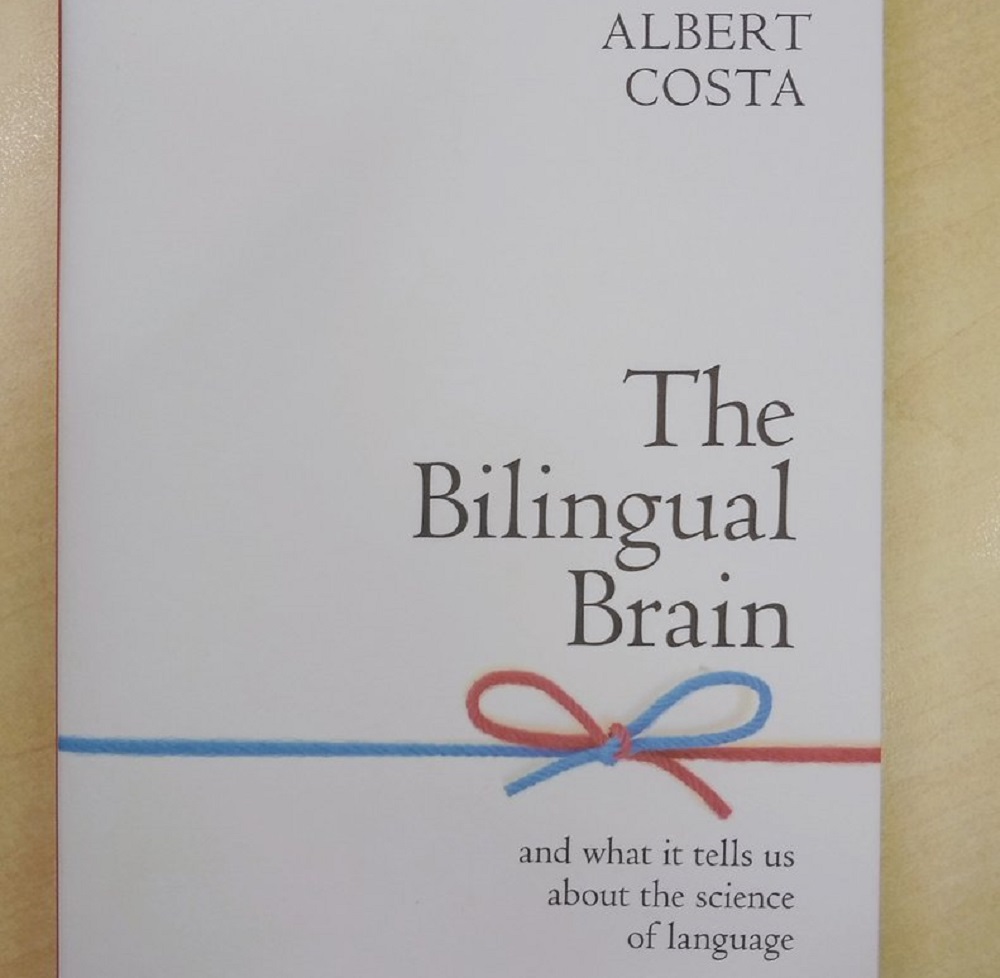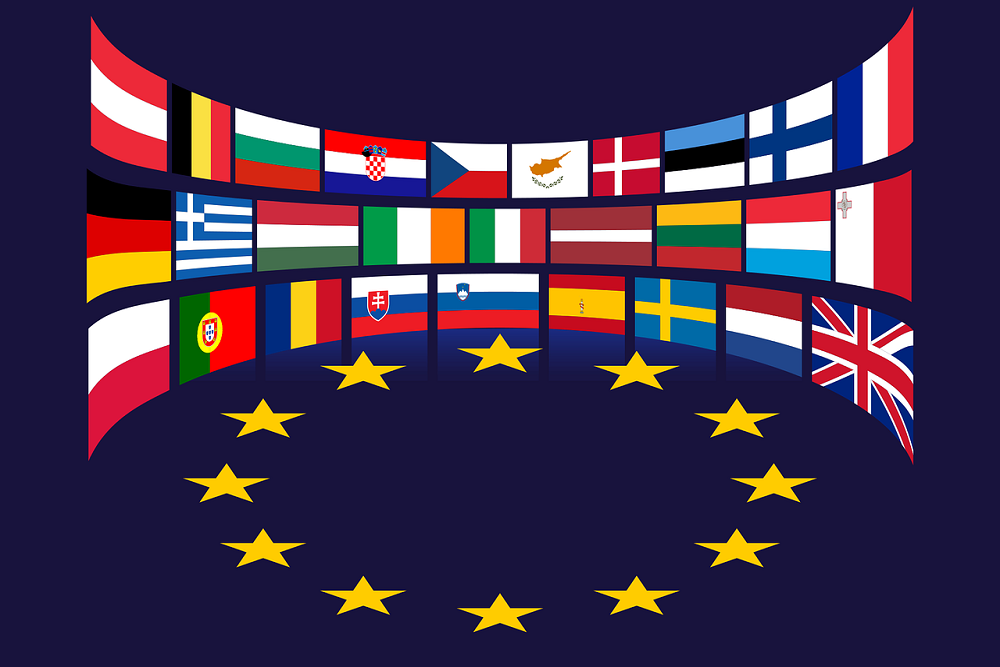Albert Costa’s book “the Bilingual Brain: And What It Tells Us about the Science of Language,” has debunked previous misconceptions about the function and fundamentals of the brain.
The book represents a great testimony to Costa’s lifetime of research into the field of brain functioning.
Albert Costa’s work on the book was able to debunk previous perceptions of brain bilingualism, which has developed from one form of extremism to the other.
Notably, it was previously thought that a toddler’s brain would not be able to understand two languages. However, by the 1960s, an increased amount of scientific research coupled with a greater appreciation of cultural difference pushed the pendulum a long way in the other direction. Albert Costa’s research noted that an hour-old newborn could already detect a change of language.
Additionally, by four to six months, they are already able to differentiate between languages, only by what they see from a person’s mouth. And by eight months they can distinguish, by observing notably, articulatory movements of the lips, between two languages to which they have not been exposed.
According to the study, babies can “extract statistical regularities” to deduct what, among the flow of sound, are the basic units (our words). It’s called the “segmentation strategy” through the use of “transitional probability.” Most of these results were derived by placing electronic sensors in dummies that pick up on babies’ alertness to, and interest in, novelty.
Bilinguals have less access to the lexicon
According to Albert Costa, babies rapid accumulation of phonemes involves perceptual narrowing. The book explains that as they are deepening their sound inventory in their languages, they are getting less adept at doing it in others.
It is believed that the “language store” is one big bucket, not separate cups, and the bilingual toddler has to be adept at code-switching, inhibiting one language and green-lighting the other.
Notably, this means bilinguals have a slower and less reliable access to the lexicon than monolinguals. There is a “change-cost” in which bilingual speakers are slower at naming some everyday objects.
Costa was further clear about all these micro-drawbacks, noting it’s a generalization, but generally true that bilingual individuals have a smaller vocabulary in their two languages than monolinguals.
Albert Costa differences between bilingual and monolingual
Albert Costa, in his book, summarised decades of academic research and noted some increased features of bilingual over others.
- Bilingual children are less egocentric bias
- They can see puzzles more easily
- They have a higher cognitive reserve
- They have greater attentional control because they are subconsciously ignoring half their brain’s words all their lives means they are less sidetracked







